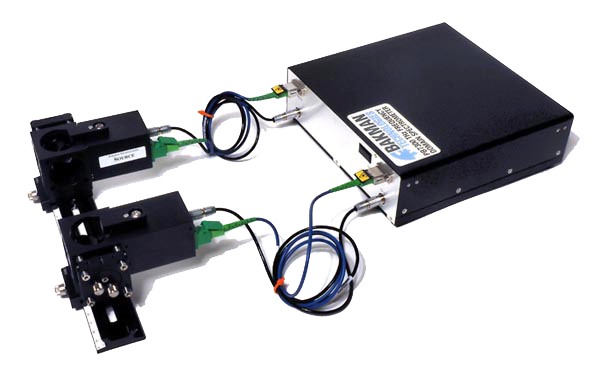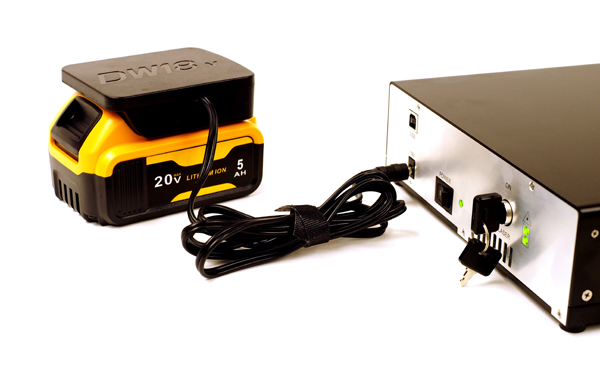This website uses cookies to ensure the best user experience.


The Bakman Technologies’ PB7300 series of spectrometers are ideal for THz researchers and application developers who need to study the properties of materials at THz frequencies with high-resolution, but who don’t want to design and build their own high-resolution THz spectroscopy system. The PB7300-1000-FF can sweep from 1 THz to 2 THz in a single scan with frequency resolution better than 0.25 GHz.
The PB7300-1000-FF employs precisely tuned, fiber coupled, butterfly packaged semiconductor DFB lasers, an advanced photo-mixing source and detector, a Lithium Niobate phase modulator and sophisticated digital control hardware and software to provide a fully turnkey THz spectrometer. The room temperature solid-state homodyne detection technique eliminates the need for cryogenics while detecting and summing the first and second harmonics of the phase modulation allows the removal of that pesky fringe pattern that arises due to coherent detection. The highly efficient CW nature of the photo-mixing source puts all the THz power at the frequency of interest, yielding excellent signal-to-noise ratios across the scan range of up to 70 dB Hz. Further, the first and second harmonic fringe data is saved so that it may be employed to measure phase shifts imparted by the sample.
Unlike time-domain systems requiring expensive mode-locked lasers, the tunable semiconductor laser diodes in the PB7300 can support linear scans or can ‘frequency hop’ between frequencies of interest to scan specific regions of the spectrum with varying degrees of resolution. The fiber-optically-coupled source and detector heads are mounted on a rail system and configured for transmission measurements. They may also be detached from the processor unit and used with extended fiber optic cables to provide maximum measurement flexibility in a wide range of applications.